Increased Focus on Food Safety
Food safety remains a paramount concern for consumers and regulatory bodies alike, significantly influencing the Preservative Blend Market. With rising incidences of foodborne illnesses, there is an increasing emphasis on the use of effective preservatives to ensure product safety. Market data suggests that the food safety sector is expected to witness substantial growth, with investments in safety measures and quality assurance rising. This trend compels food manufacturers to adopt preservative blends that not only comply with safety regulations but also enhance the overall quality of their products. As consumers become more aware of food safety issues, the demand for reliable preservative solutions is likely to escalate, thereby driving growth in the Preservative Blend Market. Companies that prioritize safety and transparency in their ingredient sourcing are likely to gain a competitive edge in this evolving landscape.
Rising Demand for Processed Foods
The Preservative Blend Market experiences a notable surge in demand for processed foods, driven by changing consumer lifestyles and preferences. As urbanization continues to rise, more individuals seek convenient meal options that require longer shelf life. This trend is reflected in market data, indicating that the processed food sector is projected to grow at a compound annual growth rate of approximately 4.5% over the next five years. Consequently, manufacturers are increasingly turning to preservative blends to enhance the longevity and safety of their products. The integration of these blends not only extends shelf life but also maintains the quality and flavor of processed foods, thereby appealing to health-conscious consumers. This growing inclination towards convenience foods is likely to propel the Preservative Blend Market further, as companies strive to meet the evolving demands of their customer base.
Regulatory Pressures and Compliance
Regulatory pressures surrounding food safety and labeling are increasingly shaping the landscape of the Preservative Blend Market. Governments and regulatory bodies are implementing stringent guidelines to ensure consumer safety, which directly impacts the formulation and use of preservatives in food products. Market data indicates that compliance with these regulations is becoming more complex, necessitating that manufacturers invest in quality assurance and testing processes. As a result, the demand for effective preservative blends that meet regulatory standards is likely to rise. Companies that proactively adapt to these regulatory changes may find themselves at a competitive advantage, as they can assure consumers of the safety and quality of their products. This dynamic environment underscores the importance of regulatory compliance as a key driver for growth in the Preservative Blend Market, influencing both product development and market strategies.
Technological Advancements in Preservation
Technological advancements play a crucial role in shaping the Preservative Blend Market, as innovations in preservation techniques continue to emerge. The development of new preservation methods, such as high-pressure processing and natural antimicrobial agents, has the potential to revolutionize the industry. Market data indicates that the adoption of advanced preservation technologies is expected to increase, with a projected growth rate of around 5% annually. These innovations not only enhance the efficacy of preservative blends but also align with consumer preferences for cleaner labels and natural ingredients. As manufacturers seek to differentiate their products in a competitive market, the integration of cutting-edge preservation technologies is likely to become a key driver for growth in the Preservative Blend Market. This focus on innovation may also lead to the emergence of new product categories that cater to health-conscious consumers.
Consumer Preference for Clean Label Products
The trend towards clean label products is significantly influencing the Preservative Blend Market, as consumers increasingly seek transparency in food ingredients. This shift is characterized by a preference for products that contain fewer artificial additives and preservatives. Market data reveals that the clean label segment is expected to grow at a rate of approximately 6% over the next few years, reflecting a broader consumer movement towards healthier eating habits. As a result, food manufacturers are compelled to reformulate their products, opting for preservative blends that are perceived as natural and safe. This demand for clean label options not only drives innovation in the formulation of preservative blends but also encourages companies to invest in research and development. The alignment of product offerings with consumer expectations for clean labels is likely to be a pivotal factor in the growth trajectory of the Preservative Blend Market.


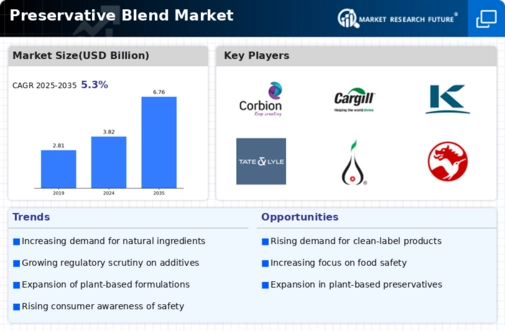
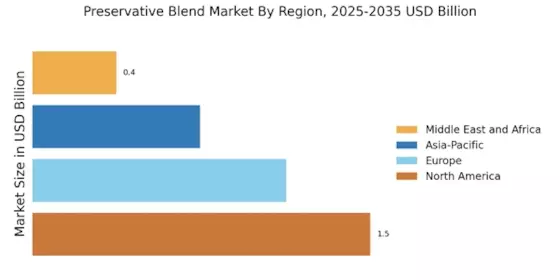
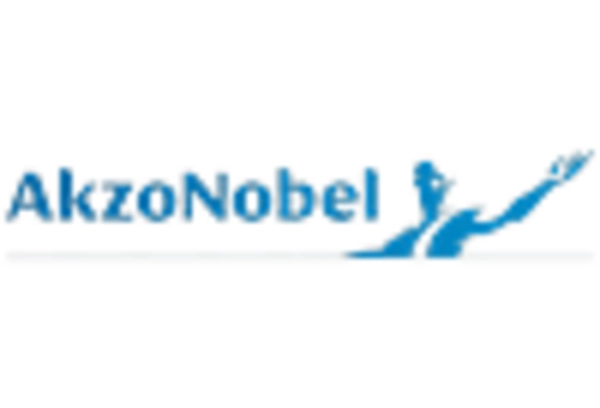

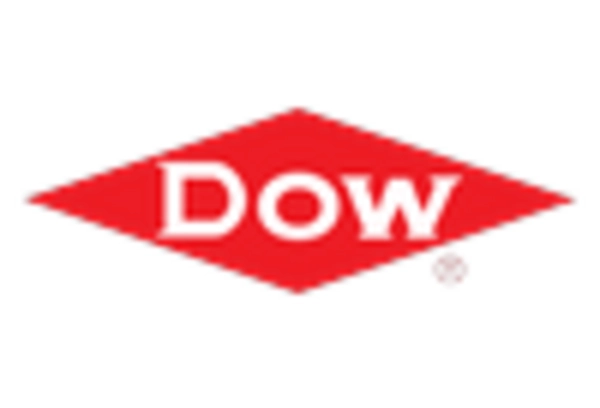
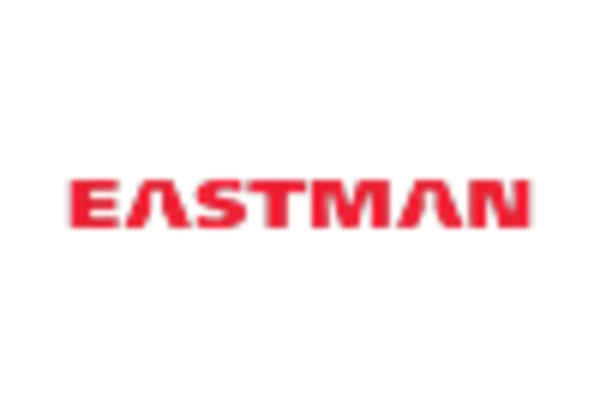
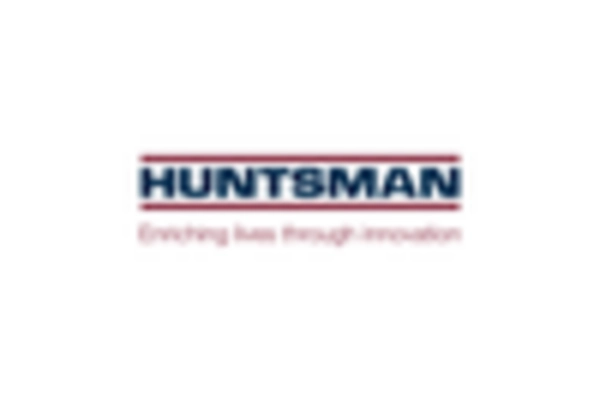
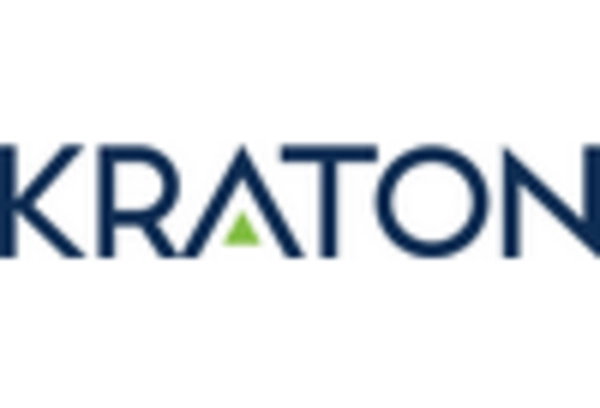








Leave a Comment